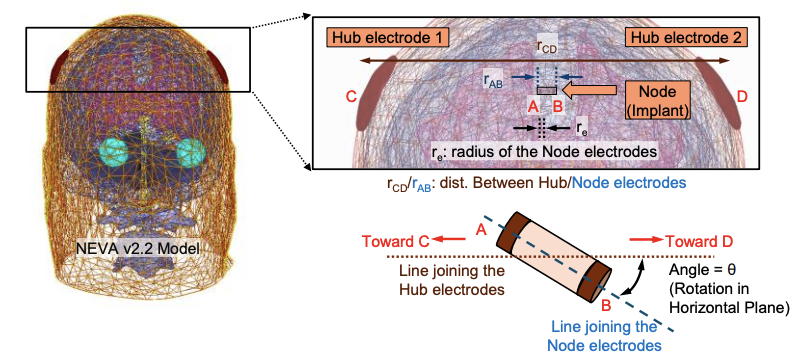Scientists want to add broadband technology to your brain — but it’s not what you think
The technology, known as biphasic quasistatic brain communication, will boost the body’s own electronic signaling system

Scientists have devised a way to let the human brain communicate with computers using a wireless neural implant, in the latest attempt to move the realm of brain-computer interfaces forward.
Published in Nature Electronics, the research team with Pursue University have built a wireless communication technique for brain implants – known as biphasic quasistatic brain communication. This transmits information to a headphone-shaped hub, with the hub sending power and programming bits to the implant through fully electronic signals to avoid transduction loss, according to Nature.
This builds on technology that’s seen, for example, BCI systems translate neural signals into sentences at roughly 150 words per minute, according to research published this year. This is close to normal conversational speed.
Tapping into the body's built-in broadband
Wearable devices that form part of BCI systems normally use electromagnetic fields to communicate information wirelessly – but implants suffer from a high amount of absorption by the body’s tissue.
There are alternatives that have been tested, including ultrasound, optical, and magneto-electric forms of communication, but these all cause large transduction losses due to the energy conversion process.
The Purdue University team, instead, used what they have termed biphasic quasistatic brain communication. This relies on a two-phase process that unfolds in the brain, allowing a small implanted sensor to detect and transfer information to the headphone-shaped wearable.
The system aims to tap into the brain and body’s broadband network, which comprises the electric signals that transfer information through it – and augment it.
Are you a pro? Subscribe to our newsletter
Sign up to the TechRadar Pro newsletter to get all the top news, opinion, features and guidance your business needs to succeed!
By using such a BCI system, they hope the allow high bandwidth interactions between the brain signals and computers, while keeping power consumption low.
BCI and related technologies have been gaining traction in recent years, and Nature even named it the technology of the year for 2023.
The most widely known entity pursuing this technology is Elon Musk’s Neuralink, which has recently been given the green light to test its brain chip on humans. There are, however, concerns that testing on monkeys led to an abnormally high death rate as a direct result of the implants, according to Interesting Engineering.
More from TechRadar Pro

Keumars Afifi-Sabet is the Technology Editor for Live Science. He has written for a variety of publications including ITPro, The Week Digital and ComputerActive. He has worked as a technology journalist for more than five years, having previously held the role of features editor with ITPro. In his previous role, he oversaw the commissioning and publishing of long form in areas including AI, cyber security, cloud computing and digital transformation.